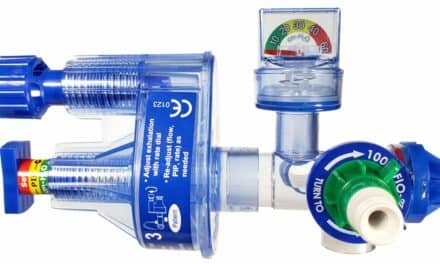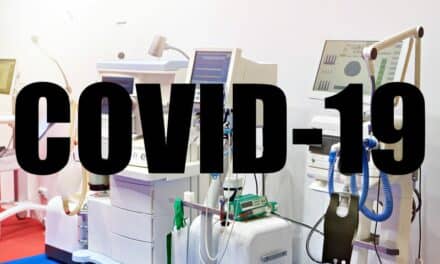The RT-200 was the venerable bastion for biomeds who needed to evaluate respiratory technology. It served us well. But boy-oh-boy, look at all the nifty new ventilator analyzers that are on the market today! There are light-weight flowmeter devices and super-accurate lungs, all with nifty computer graphics. They make vent testing easier than ever before.

Ventilator testers come in two types. The first, a flow meter vent tester, measures the flow of gas through an orifice. The second uses an artificial lung and yields a direct volume measurement. Each type has advantages and disadvantages.
Flow meter devices have the obvious advantage of being more portable, since they don’t need the artificial lung. This type has the capability of making continuous flow and accumulated volume measurements. It can check the parameters of vents and any other equipment with a pressure-volume flow. Add a computer and it can provide graphic information. Furthermore, an artificial lung can be put on the end of some flow meter systems. Practical and portable, the flow meter type works well for basic testing.
The second type, which uses a variable-compliance test lung, has the advantage of applying a dynamic load during testing.
“To really be able to evaluate the performance of a vent it makes sense to use a quantitative test lung,” said Erik Stark, National Sales Manager for Michigan Instruments, a leading manufacturer of lung simulator testing devices. “This way the vent can be measured under the clinical conditions of the patient.”
A feature common to both types is an interface, permitting testers to link with computers through a standard RS-232 port and Microsoft Windows PC software.
To purchase the full text of this article, click here…




